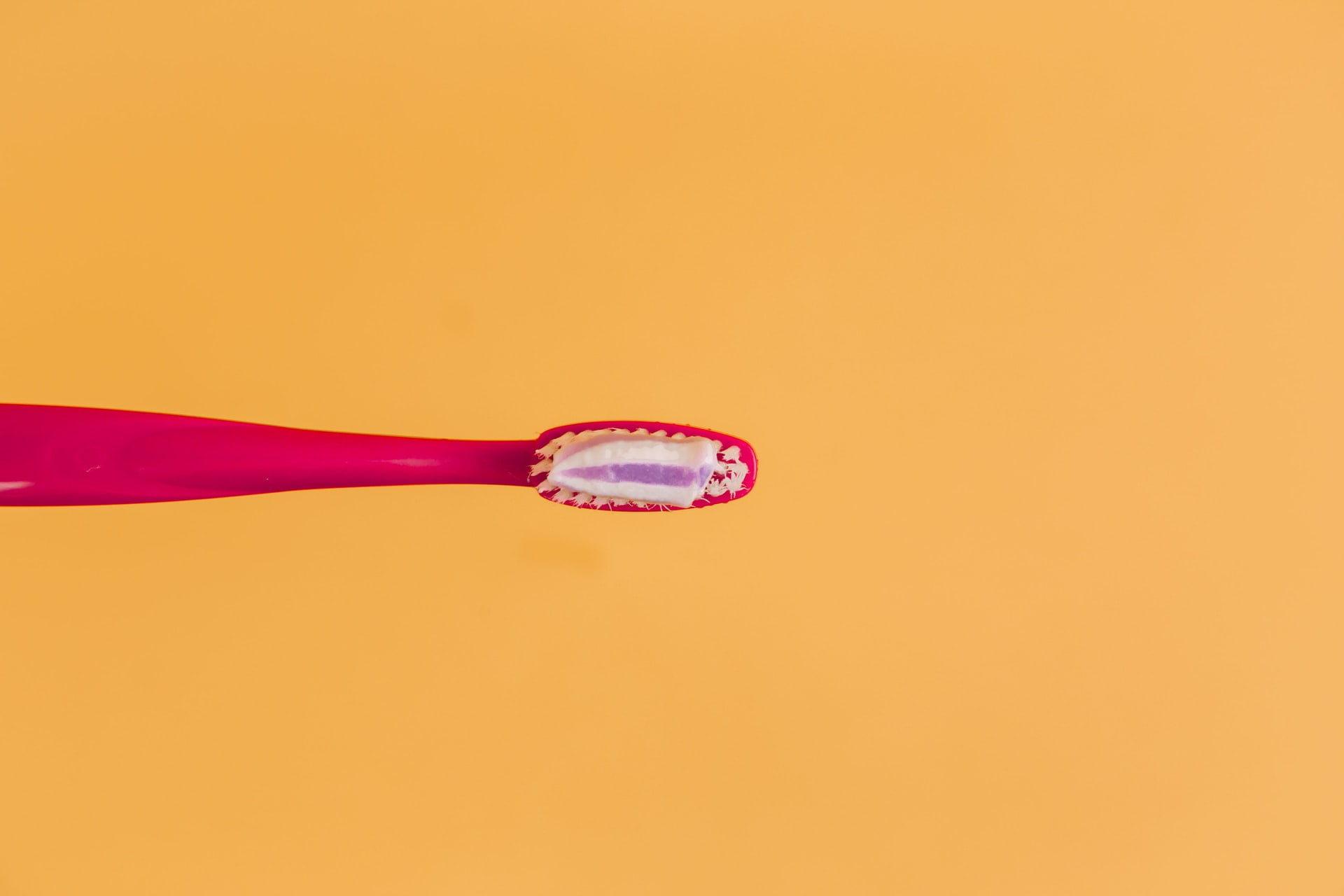- Is fluoride toxic?
- Chronic exposure – dental fluorosis
- Is fluoride carcinogenic?
- The physiological role of fluoride
- Water fluoridation and dental caries prevention
- Fluoride safety in pediatric populations
- Fluoride use during pregnancy
- Fluoridated vs. fluoride-free toothpaste
- Conclusion: are fluoridated toothpastes effective?
Fluoride remains a topic of considerable debate, with public opinion divided over whether it is a beneficial or harmful substance. However, numerous scientific studies support the claim that fluoride compounds, when used in appropriate doses, have a positive effect on oral health. Fluoride is a trace element naturally present in the human body at a concentration of approximately 3 mg/kg. This article reviews the toxicological profile, physiological role, and safety considerations related to fluoride intake, particularly in the context of dental care.
Is fluoride toxic?
Fluoride, by its chemical nature, exhibits toxic properties when consumed in excessive amounts. Acute toxicity is rare and generally associated with high-dose ingestion. The signs and symptoms of fluoride poisoning depend on the amount ingested and may include:
- Nausea
- Weakness
- Vomiting
- Diarrhea
- Pallor
- Abdominal pain
- Lacrimation
- Hypersalivation
- Cyanosis
- Dyspnea
- Dysphagia
- Muscle cramps
- Hypoglycemia
- Arrhythmia
- Respiratory acidosis
Treatment of fluoride poisoning typically involves calcium supplementation to reduce fluoride absorption in the gastrointestinal tract.
Chronic exposure – dental fluorosis
Chronic overexposure to fluoride may result in dental fluorosis, which manifests as discoloration, mottling, and structural defects of enamel, particularly in premolars, molars, incisors, and canines. In severe cases, the enamel may become brittle and prone to cracking.
The lethal dose of fluoride for adults is estimated at 32–64 mg/kg body weight, and for children, approximately 15 mg/kg. Ingestion of 5–10 grams of sodium fluoride by a 70 kg adult can be fatal. Toxic effects can occur at doses as low as 5 mg F⁻/kg, necessitating urgent medical attention.
Among fluoride compounds, sodium fluoride and potassium fluoride are more toxic than organic fluoride sources such as fluoramine.
Is fluoride carcinogenic?
Despite public concern, no conclusive scientific evidence links fluoride exposure to increased cancer risk. Epidemiological studies have not demonstrated higher cancer incidence in populations consuming fluoridated water compared to those who do not. Fluoride has not been shown to possess genotoxic, carcinogenic, or reproductive toxicity effects. Nonetheless, it remains prudent to monitor total fluoride intake from dental products and dietary sources such as tea, potatoes, leafy vegetables, and nuts.
SEE ALSO: WHAT IS CHLORHEXIDINE?
The physiological role of fluoride
Fluoride plays a significant role in skeletal and dental health. It stimulates osteoblast activity, enhances bone matrix formation, and contributes to bone density and strength. It also supports the development of muscle, connective tissue, skin, and tendons.
Fluoride deficiencies can disrupt the homeostasis of calcium, phosphorus, and magnesium in bone, potentially leading to demineralization. Fluoride incorporation into enamel crystals transforms hydroxyapatite into fluoroapatite, rendering the enamel more resistant to acid demineralization. Additionally, fluoride inhibits bacterial carbohydrate metabolism and acid production, contributing to its cariostatic effect.
Water fluoridation and dental caries prevention
Water fluoridation has been implemented since the 1950s to reduce dental caries prevalence. The U.S. Food and Drug Administration recommends limiting fluoride levels in bottled drinking water to 0.7 mg/L. The World Health Organization suggests a safe range between 0.5 and 1.0 mg/L. At these concentrations, fluoride is considered safe and effective in caries prevention. However, excessive fluoride consumption can be harmful.
Fluoride safety in pediatric populations
Fluoride is safe for children when administered in recommended amounts. The acceptable daily intake for children ranges from 3 to 4 mg, considering fluoride from drinking water, food, and beverages. Caregivers should supervise toothbrushing to ensure children do not swallow toothpaste. Fluoridated toothpastes designed specifically for pediatric use are widely available. Overconsumption may lead to dental fluorosis.
Fluoride use during pregnancy
Maintaining oral health during pregnancy is essential, as periodontal disease may negatively affect fetal development and pregnancy outcomes. Fluoride-containing toothpaste (up to 1500 ppm) is safe during pregnancy and provides effective caries protection witho. ut posing risks to the fetus.
Fluoridated vs. fluoride-free toothpaste
Fluoride-free toothpastes, although often containing natural ingredients such as herbs or activated charcoal, are less effective in protecting against dental caries. They typically do not penetrate enamel nor offer acid or bacterial resistance.
Hydroxyapatite and nano-hydroxyapatite are emerging alternatives to fluoride in oral care products. These calcium phosphate-based minerals promote enamel remineralization and repair of microdefects. Clinical studies have shown comparable efficacy between hydroxyapatite and fluoride in caries prevention.
Conclusion: are fluoridated toothpastes effective?
Fluoride toothpastes support enamel remineralization and significantly reduce caries incidence. The optimal concentration for efficacy is between 1000–1500 ppm. Overexposure, however, may lead to fluorosis. Overall, fluoride remains a cornerstone in preventive dentistry when used appropriately and in controlled doses.






